Dota 2 is one of the most complicated MOBA games out there to play. This is down to the endless combinations of heroes and items that makes every match feel unique. No two heroes work the same and while some of them are easy to pick up and learn, others can be daunting due to their steep learning curve. This is why today we will be listing the top 12 hardest Dota 2 heroes to play in terms of beginner accessibility.
Top 12 hardest Dota 2 heroes to play
All of these heroes require a certain level of knowledge about the game’s mechanics and enough experience with the game itself. This is down to certain factors such as positioning, map awareness, and micromanagement. Each hero comes with its own challenge and these are what they are.
Arc Warden

Arc Warden is a hero with a very high skill cap in Dota 2. At first glance, he seems like a simple straightforward hero with three active spells. But as you get to level six, those three active spells turn into six instead as you try to control Arc Warden and his Tempest Double simultaneously. While this takes some getting used to at first, the situation quickly gets more complicated.
That happens when you realize his Tempest Double can also use items on their own separate cooldown. While this is great for items like Hand of Midas granting you double the gold, newer players find it hard to keep track of their item cooldowns while swapping between the hero and his Tempest Double in an effort to keep them alive.
It is very easy to lose track of your main hero and die if you are not careful. The Double gives a hefty 300 gold bounty if it dies, making this a hero difficult for new players to get into.
Brewmaster
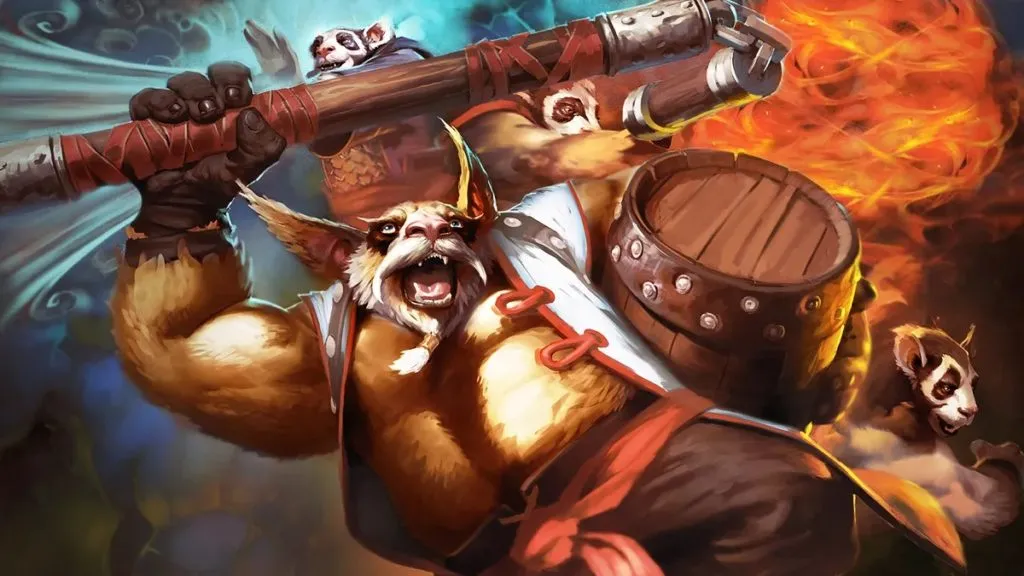
Brewmaster falls into the same category as Arc Warden does at first glance. He seems pretty straightforward with his Cinder Brew slowing and igniting in combination with his Thunder Clap, making his laning presence pretty strong. The new toggle variant of Drunken Brawler takes some getting used to, but it is fairly simple enough to use given enough time.
The real trouble lies when he hits level six. Brewmaster splits into three separate Brewlings, each with their own element, damage, range, and active and passive abilities. Controlling all of them effectively can be taxing on an unfamiliar player and this complexity is only further increased by the fourth Brewling on his Aghanim’s Shard.
To make matters more tricky, if all of the Brewlings die, so does Brewmaster. If you’re not used to his power spikes, this can be difficult to judge accurately, and suddenly, you’re back at the fountain.
Chen

Chen is the king of micro heroes, which are heroes that specialize in controlling not only themselves but other units as well. His Holy Persuasion allows Chen to control up to four different creeps, be it lane creeps or jungle creeps, with the exception of the catapults. These creeps can then be used to pressure lanes and drive heroes back while the towers slowly fall one by one.
The difficulty here lies in his creep controlling aspect. Lane creeps are pretty straightforward with no active abilities, but jungle creeps have varying spells and passives that will be hard to keep track of for new players. Pulling off a quad-Centaur stomp and chain-stunning enemies to death might look great in the YouTube clips, but it is difficult to pull off with accurate timing.
And if Chen himself is targeted during teamfights, there is very little that newer players can do to save themselves while controlling their creeps, making him an intimidating choice for beginners.
Earth Spirit
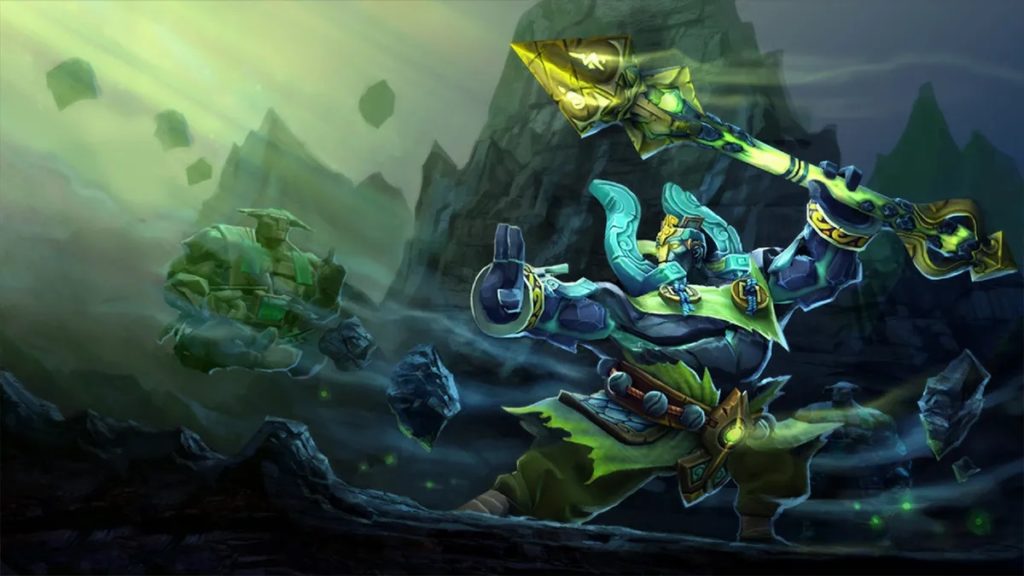
Earth Spirit is probably the highest-skill cap hero to play amongst the four Spirit heroes. This also makes them exponentially more complicated to play and practice is required to time his spells right. Each of his abilities has to land perfectly for his initiation to succeed since one of those abilities, Rolling Boulder, throws him right into the action with no means of escape for a while.
Earth Spirit is also the king of skillshots, with each ability of his being tricky to land. He can slow, stun, silence, and deal damage over time to a whole team of enemies if played right, but with the dynamic nature of Dota 2, that rarely ever happens. More often than not, you will have to calculate your own chances of success and pit them against elusive enemies’ chances of escape.
This is why Earth Spirit specialists are such a treat to watch because pulling off these mechanical plays successfully is truly a wonder to behold.
Invoker

Invoker is quite possibly in everyone’s top three hardest heroes to play. With three active reagents and 10 spells to conjure in the midst of battle, he proves intimidating to most newer players. He is, however, the biggest jack-of-all-trades hero in Dota 2, as Invoker specialists can pretty much fulfill any role in the game they are currently playing.
This boils down to how players pick skills as they level up. The reagents themselves provide health regen, movement/attack speed, and damage passively, but when combined with Invoke, certain combinations bring out powerful spells. Depending on the level of the reagents combined, these spells can deal varying amounts of damage and disable effects.
As a final note, Invoker can stun, slow, disarm, reposition, burn mana, buff himself and his allies, summon units, deal damage over time, and provide pure burst damage. If this seems appealing to you, Invoker is your guy. Just take your time and learn everything at your own pace.
Io
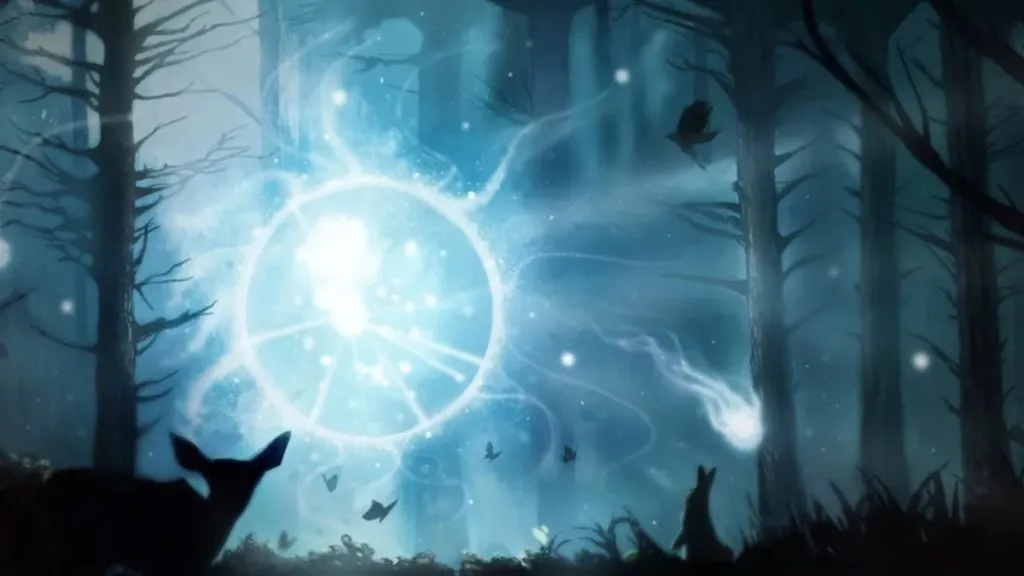
Io is generally considered hard to play because of his reliance on his teammates. The hero is unable to do much by himself and has to remain tethered to an ally to truly shine. He provides amplified health regeneration and mana regeneration passively while tethered and increased attack speed and spell amplification when Overcharge is activated.
Io can also relocate anywhere on the map along with an ally when tethered, making for a powerful global presence. The biggest issue with this hero lies in his positioning. Io is incredibly squishy for a Strength hero and dies quickly when targeted. His abilities also require proper communication between the player and their teammates because ganks can go incredibly poorly at times.
Lone Druid
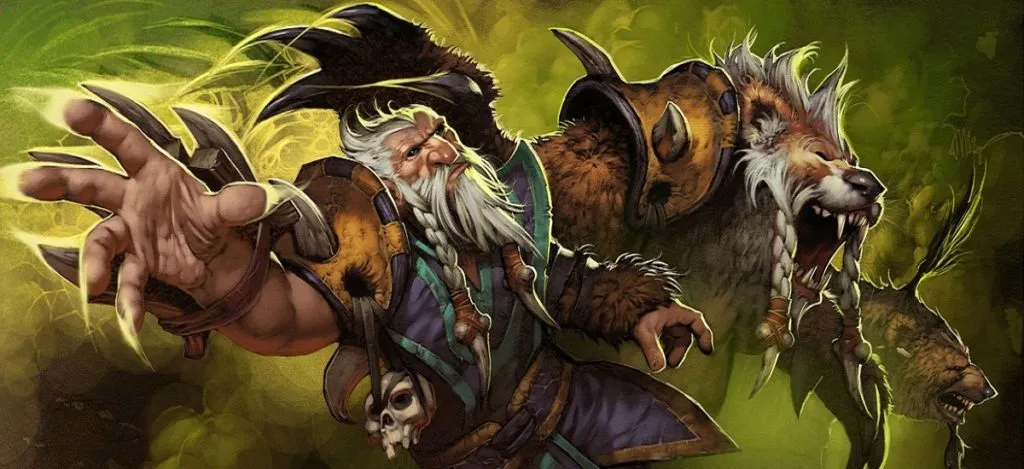
Lone Druid and his Spirit Bear are an inseparable team. They always outnumber and generally overpower their lane opponents through sheer numbers. The Spirit Bear itself is incredibly hard to kill early game and can root enemy units. It also has access to Demolish which brings down towers incredibly fast. If things get hairy, the Spirit Bear can teleport back to Lone Druid after a short delay.
The problems with this hero lie in the fact that the two units are incredibly dependent on each other. If the Spirit Bear dies, Lone Druid loses a chunk of health and is usually a sitting duck till he resummons the bear. If Lone Druid dies, the Spirit Bear dies as well. This issue is somewhat mitigated by Aghanim’s Scepter, however. These factors make him a micro-intensive hero at all times.
The Spirit Bear also has six item slots of his own, potentially being able to farm up to 12 items on both units, adding another layer of complexity to item purchases as well.
Meepo

Meepo is an army all by himself. If you thought two units were tough, try four with Meepo. He and his clone army can decimate certain lineups by themselves if it is the right game. Squishy heroes get burst down by their multiple Earthbind and Poof combo while tankier heroes get chipped down slowly as they sustain themselves with Ransack.
While this sounds great on paper, with great power comes great responsibility, because if you fail to save even one clone from death, every Meepo dies at once. To mitigate this, his Aghanim’s Scepter’s Dig ability heals the main hero or his clones when they’re in a pinch. The problem lies in the micromanagement of each unit, making Meepo highly inaccessible to beginners.
These factors combined with a minor slip up can very quickly lead to their deaths if you’re not careful.
Morphling
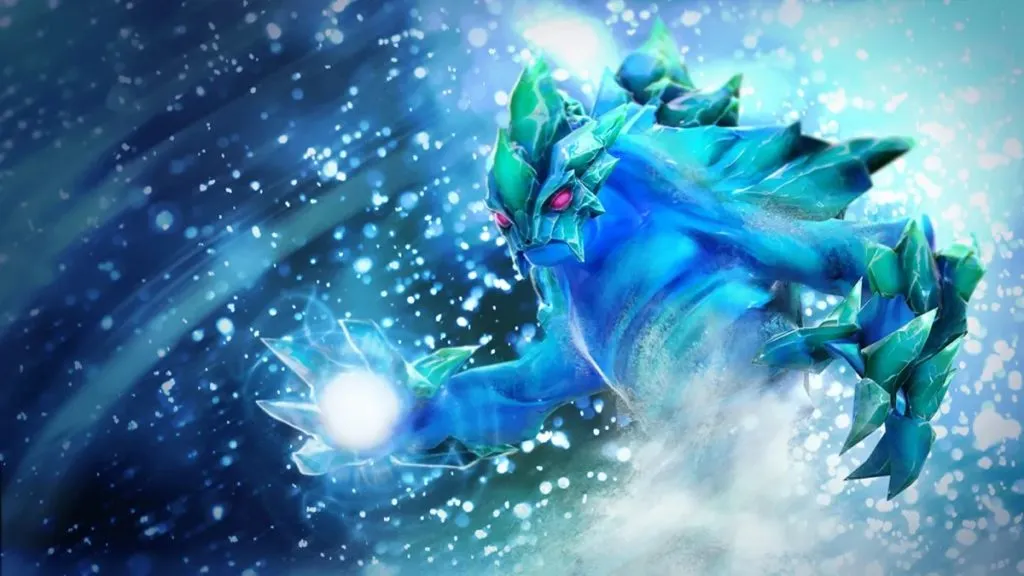
Morphling is a glass cannon. He is capable of dishing out some of the highest base damage in the game with an incredible attack speed, but to reach his full potential, he has to sacrifice a lot of his health pool. This is due to his Attribute Shift that converts his Strength into bonus Agility. Conversely, he can revert all the Agility back into Strength when he is in a pinch.
Morphling has two major issues that plague him. Firstly, if he gets silenced, there is no way to Attribute Shift unless it is dispelled. Secondly, if he gets all of his mana burned, he cannot sustain Attribute Shift yet again. It is very easy for new players to get caught when they have allocated all of their Strength into bonus Agility, leaving themselves open to chain stuns and burst damage.
Practice and good map awareness generally alleviate these issues but you will have to spend some time with this hero to learn the perfect balance between his attributes.
Oracle
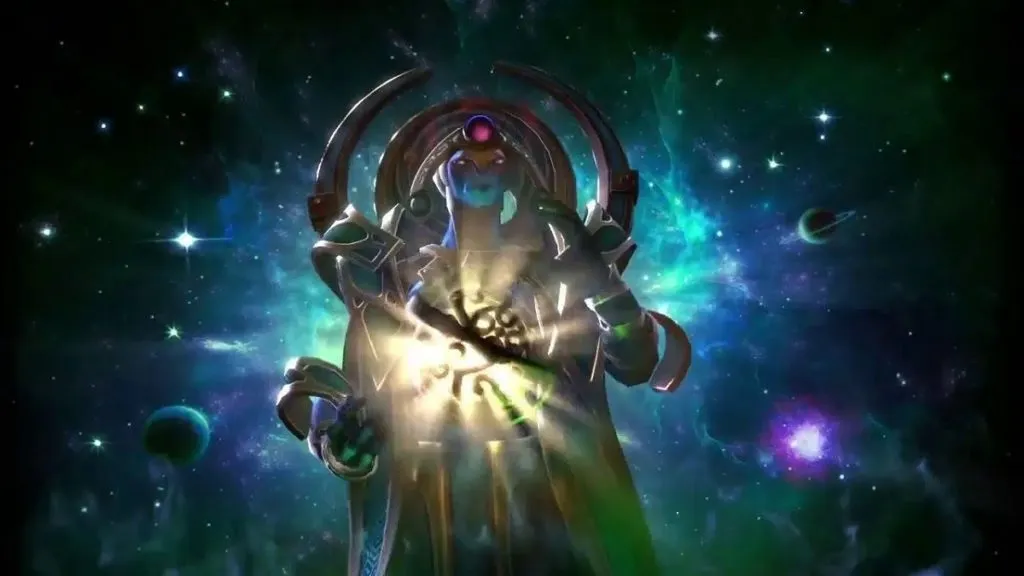
Oracle is a powerful burst-damage hero, disabler, disarmer, dispelled, healer, and damage immunity-providing hero. He can do it all in terms of being a perfect support, but such power comes at a price. Most of his spells are double-edged swords that might turn the battle against his team if they are not used properly.
Fate’s Edict disarms the target but also provides them complete magic immunity. Purifying Flames deals burst damage but also heals the target back up again slowly. These spells can be used on both allies and enemies with the same effects, making Oracle a complicated hero to play. False Promise is one of the best saves in the game but if you forget to heal the target during its duration, the target might simply die, amounting to nothing.
With so many complexities surrounding the hero, it’s best to practice him a bit before you try him out in serious ranked matches.
Rubick
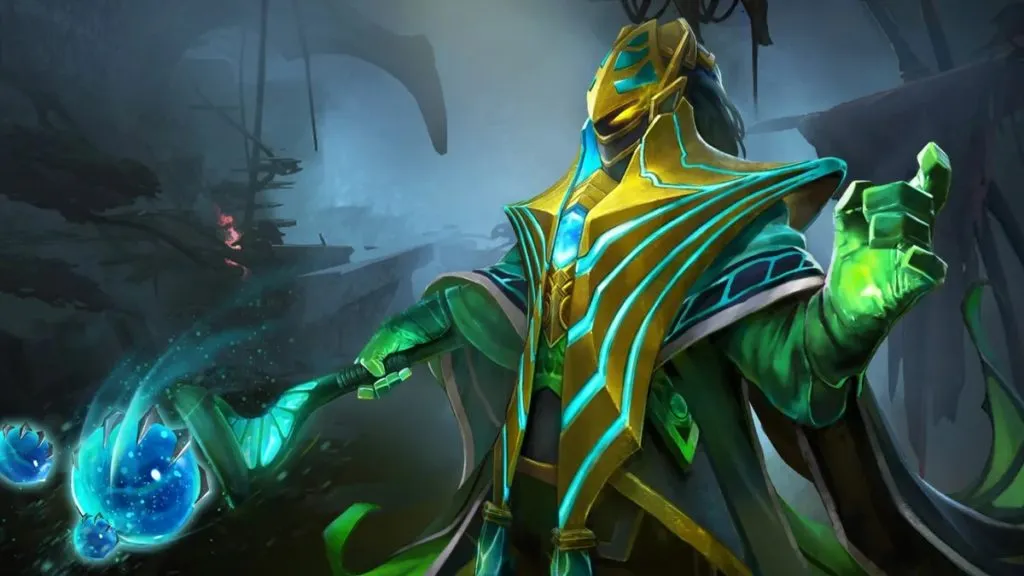
Rubick is probably the only hero that can rival Invoker when it comes to doing it all. Apart from having a repositioning ability with a stun and a nuke which also reduces outgoing damage, Rubick is capable of acquiring any spell in the game he is currently in. His Spell Steal ability allows Rubick to steal the last used spell of a targeted enemy hero for a set duration of time before it expires.
And therein lies the complexity. With such a massive roster of heroes, new players will probably not be familiar with every hero and what their abilities do. This can make using Spell Steal quite a challenge when you don’t know what you’re really stealing. Stealing the right or wrong spell can end up being the difference maker in teamfights.
Stealing Tidehunter’s Ravage or Enigma’s Black Hole? Perfect. Stealing Faceless Void’s Chronosphere? You run the chance of getting your team killed by doing so.
Tinker

Tinker is one of the most powerful late-game heroes. The longer the game goes, the more items Tinker farms up. The more items he has, the more he can do in fights. This is due to his Rearm ability which refreshes all of his spells and most items so he can use them again in teamfights. All he needs is enough mana to be a terror on the battlefield.
So what makes him complicated? Well, first of all, positioning. If Tinker is caught by a backline-diving hero, more often than not, he ends up dead. Secondly, there are so many active items in the game, it can be a bit daunting for newer players to know which items work best for Tinker. Thirdly, he has to find and pick off targets quickly before they can kill him.
And finally, spamming all of your spells and items in teamfights can be tricky and requires FPS-levels of reaction time which unfamiliar players might find difficult. With enough practice, you can be the most annoying player in your game, wrecking lineups before they even know what happened.


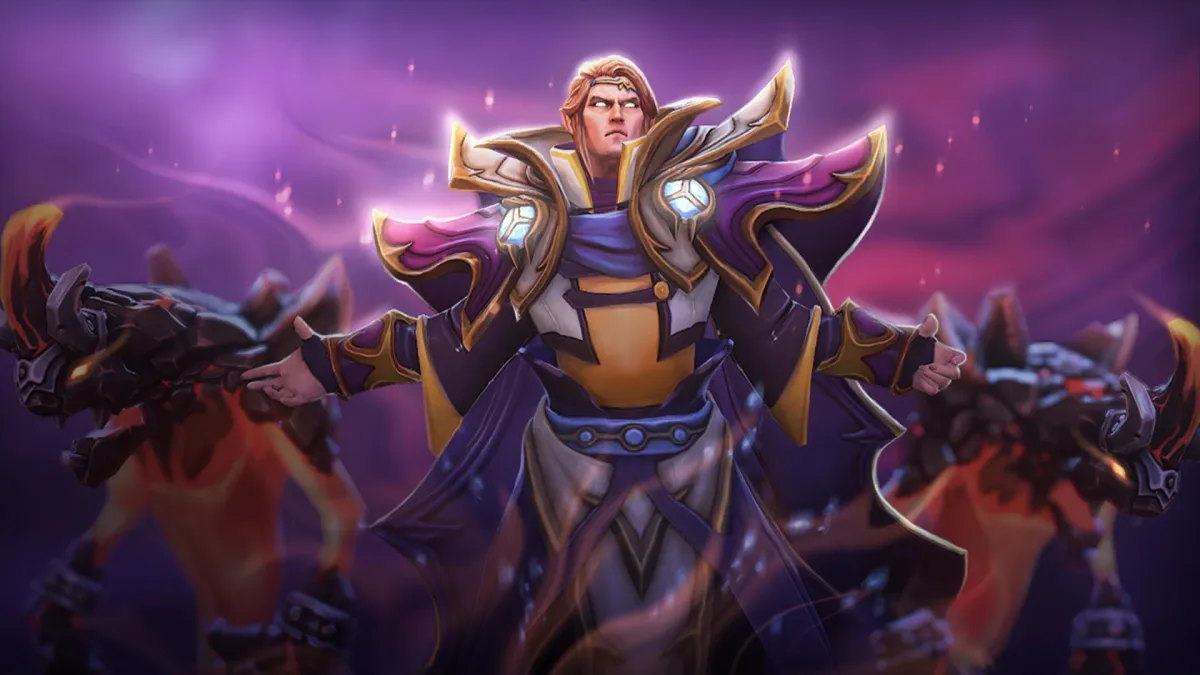
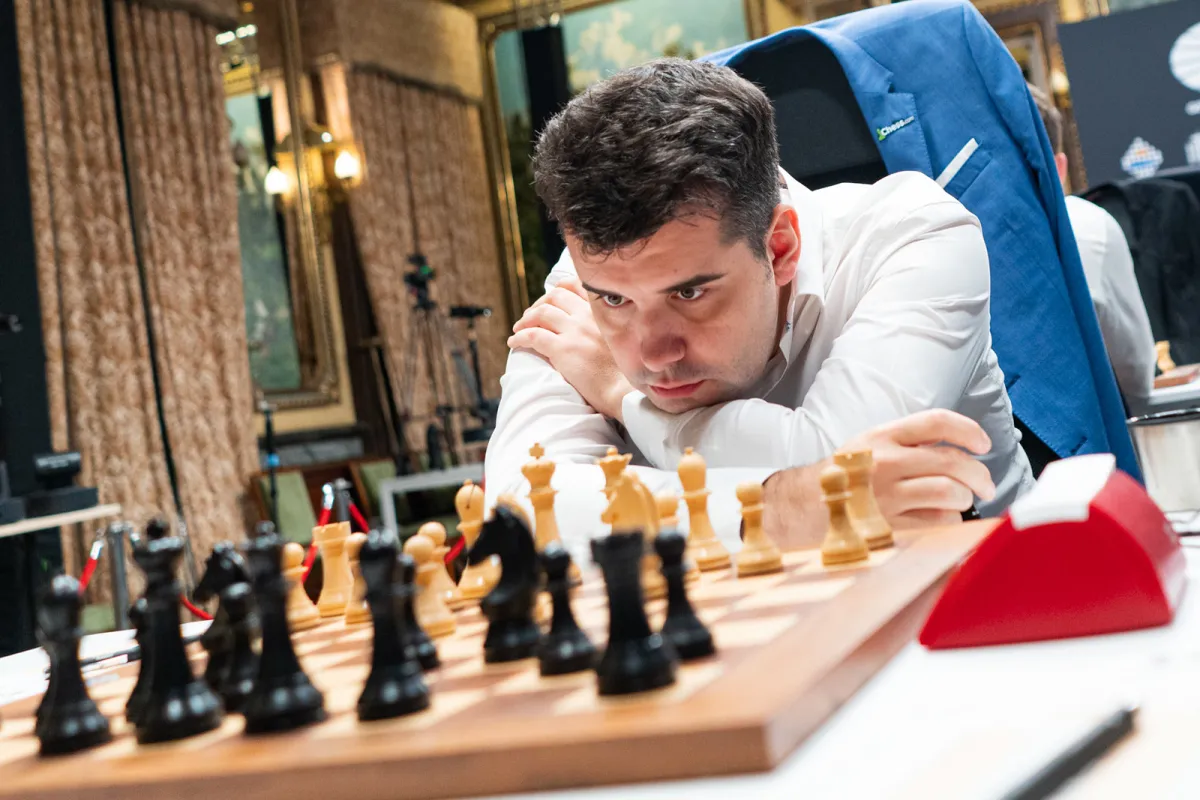
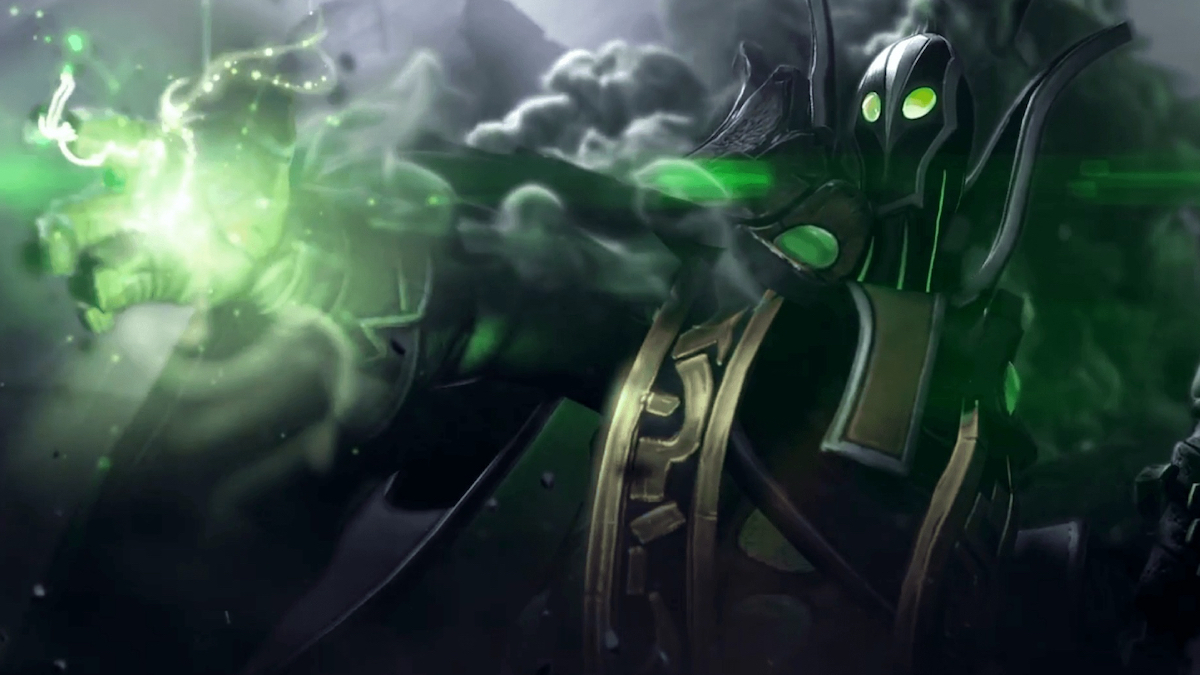
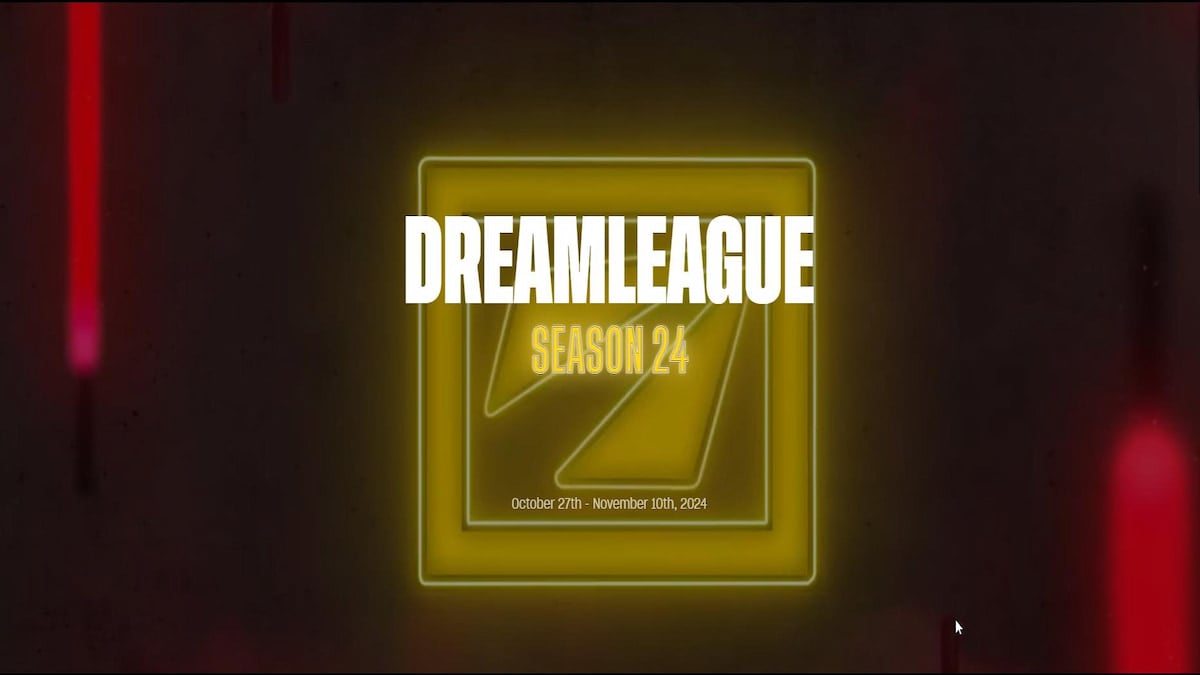
Published: Jan 10, 2023 09:57 am